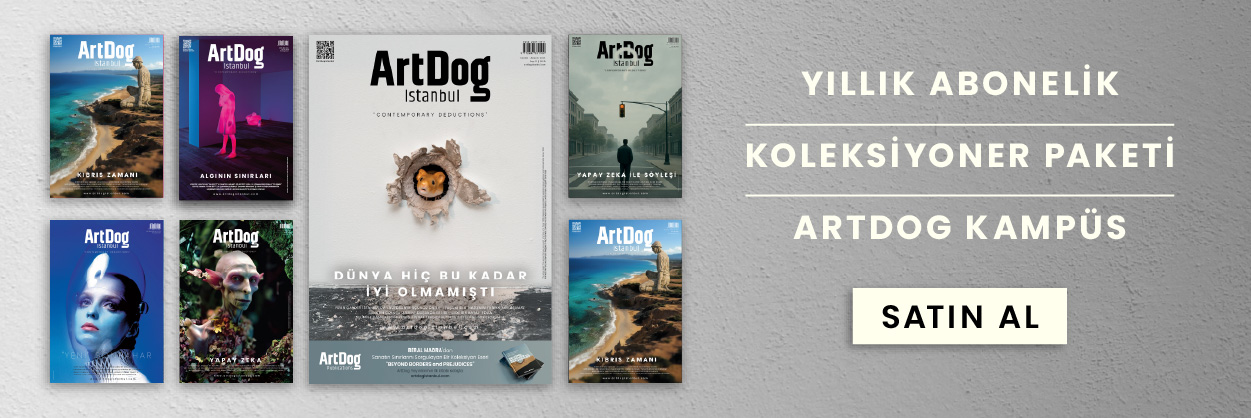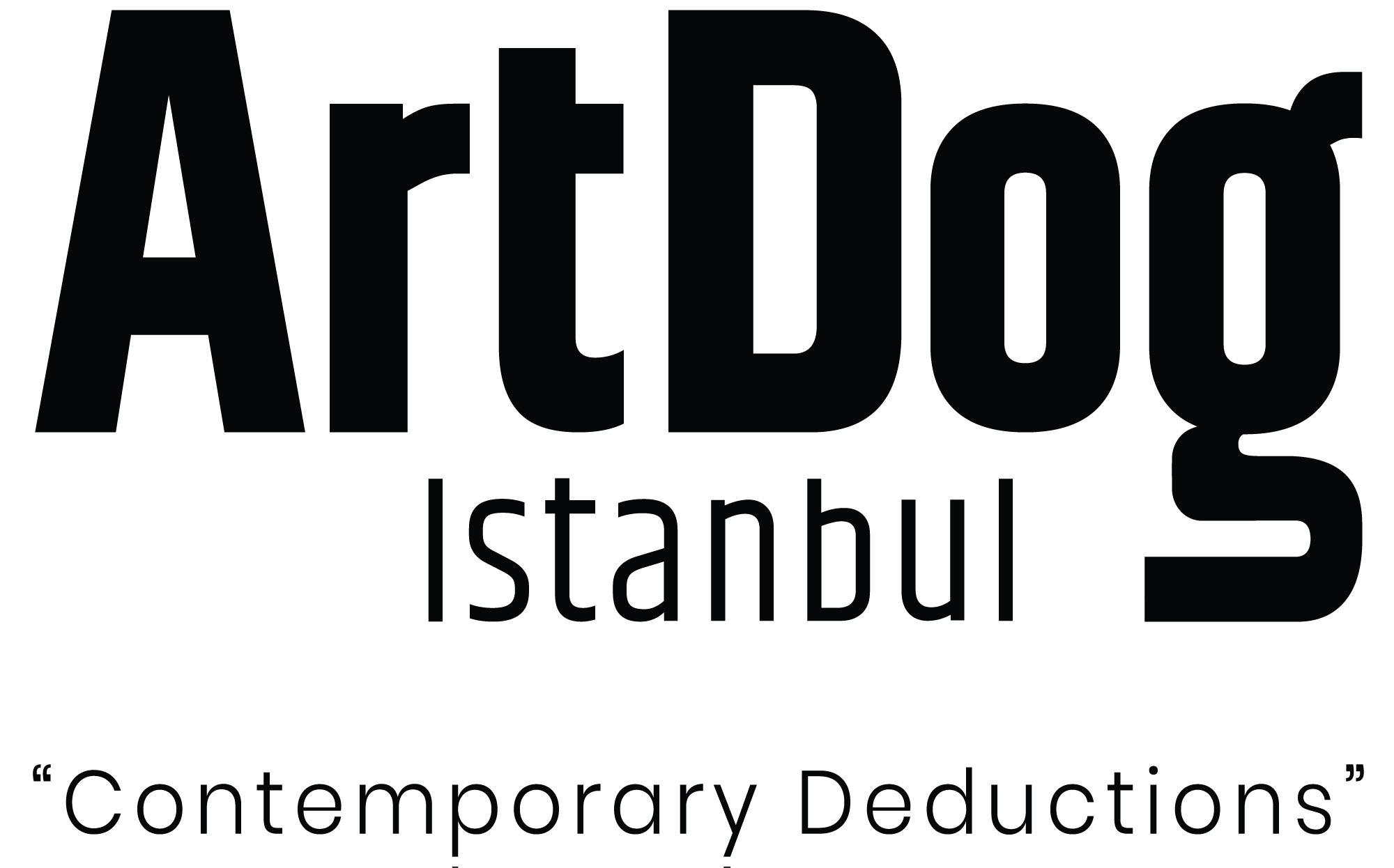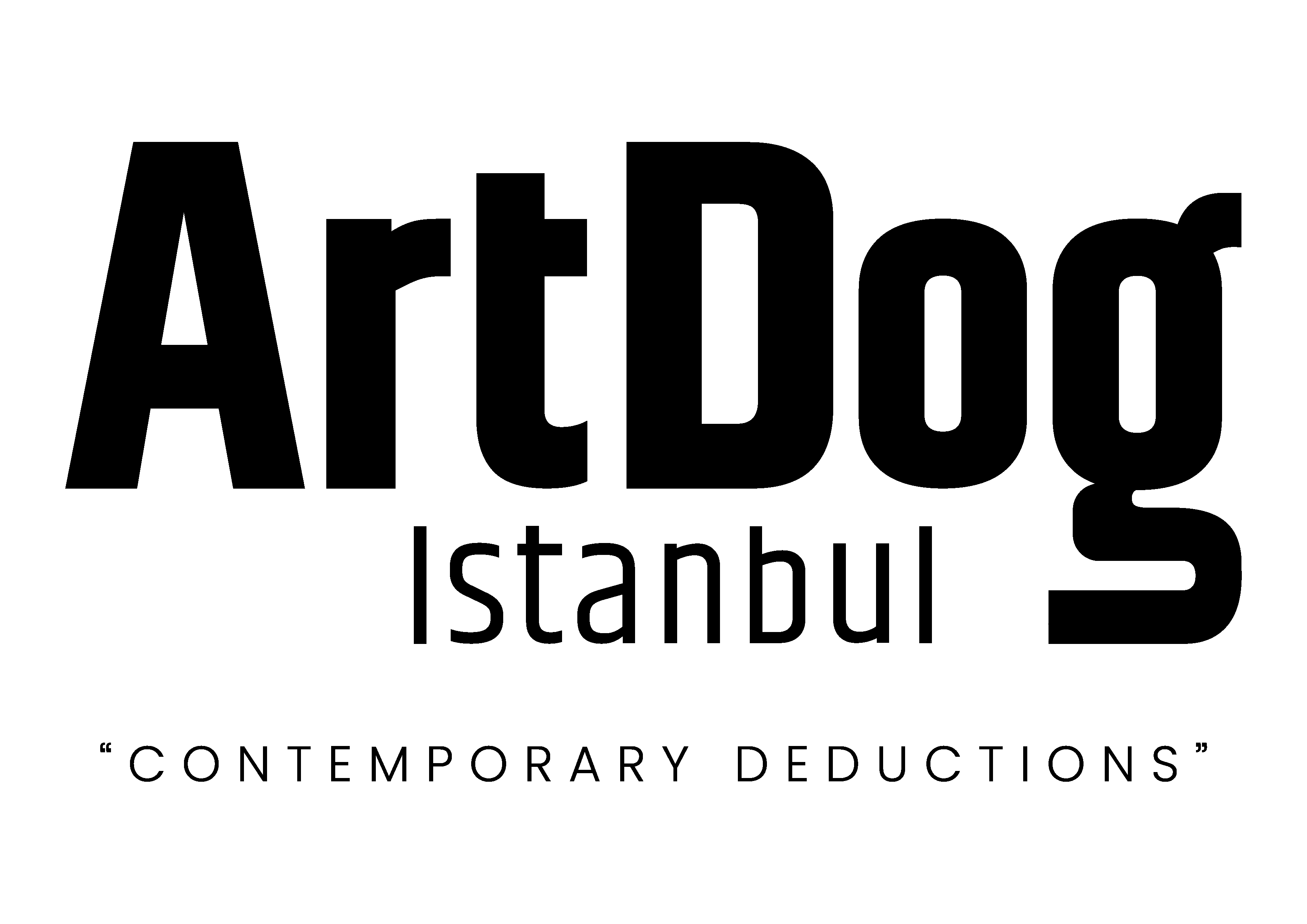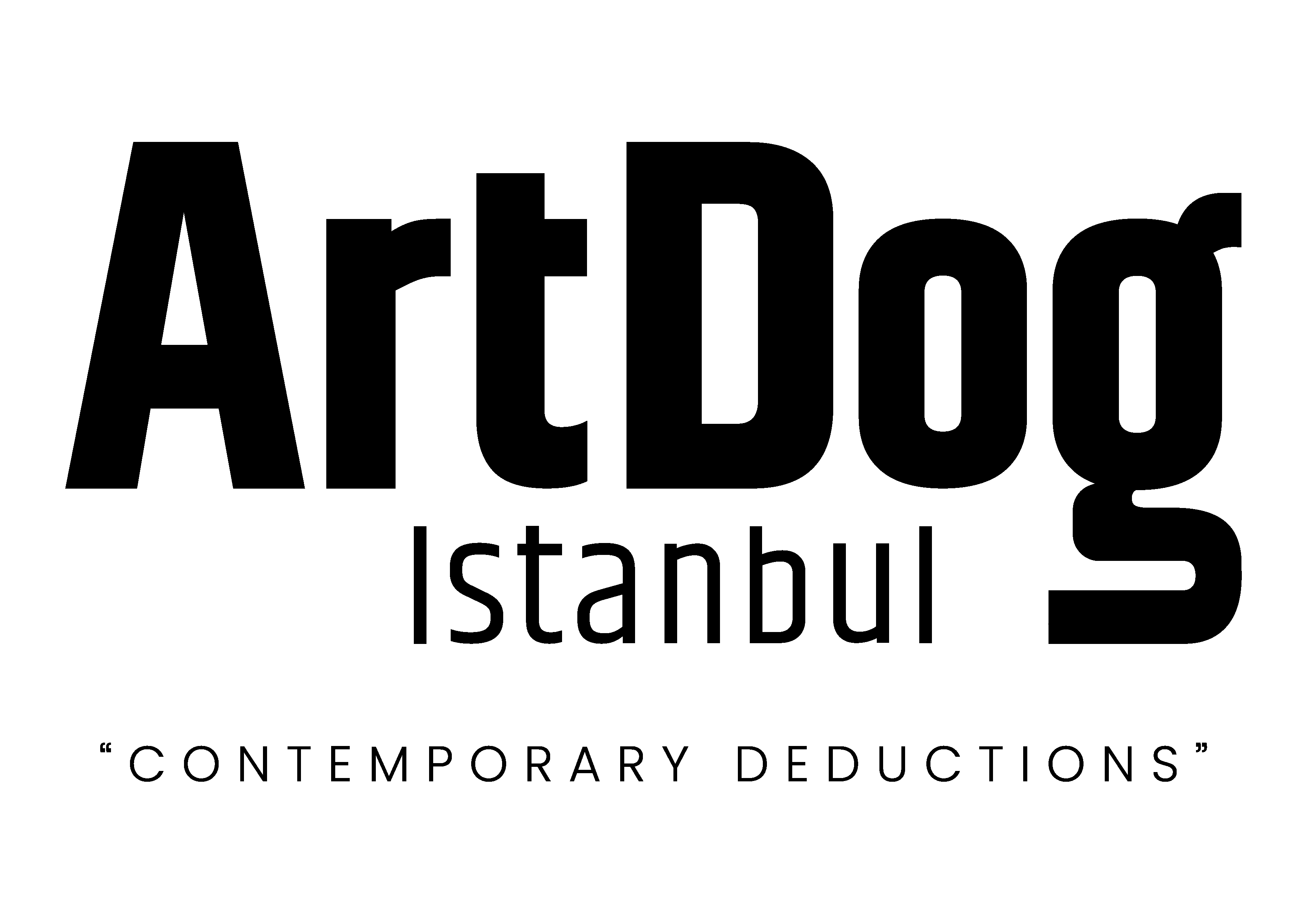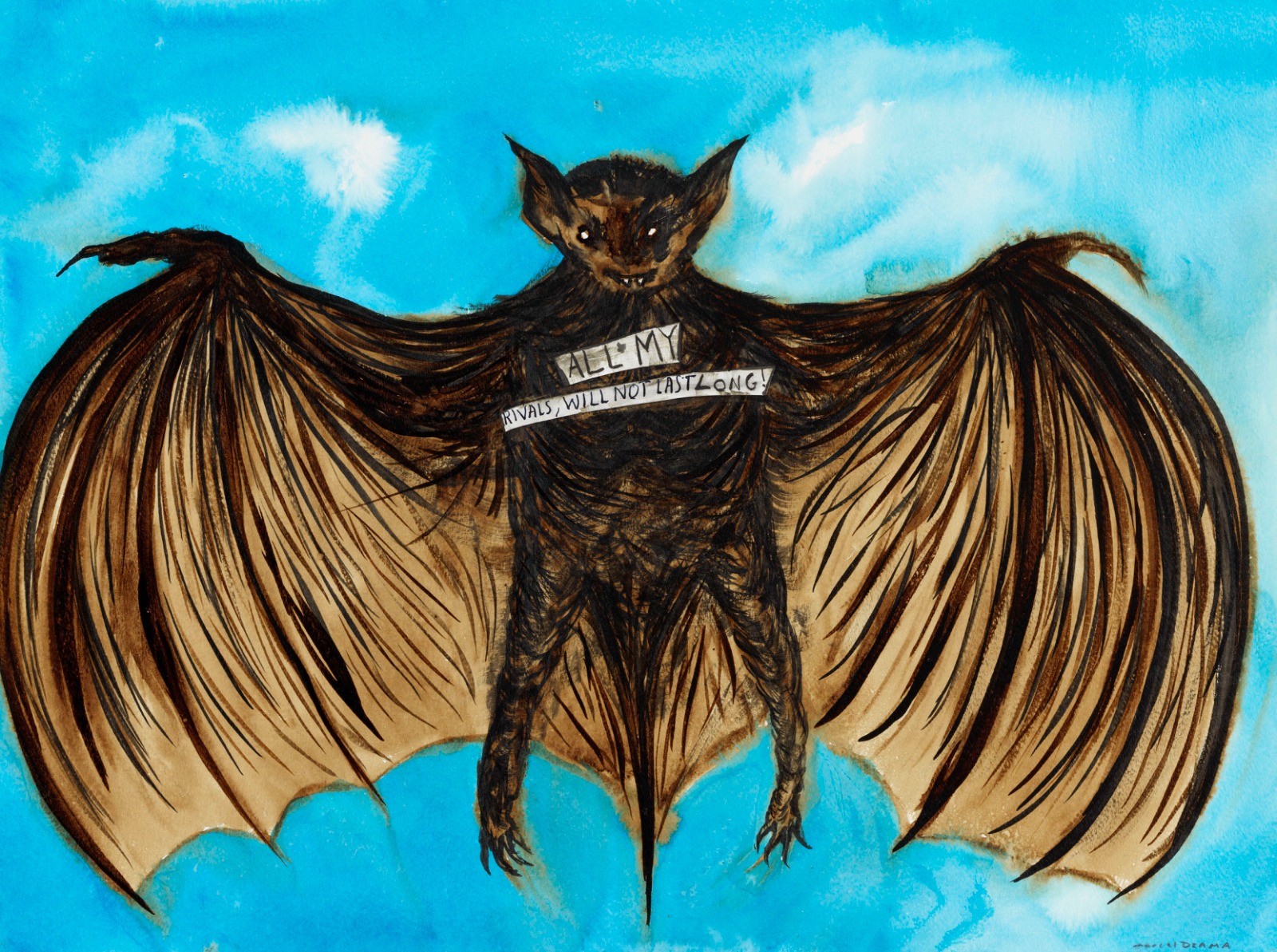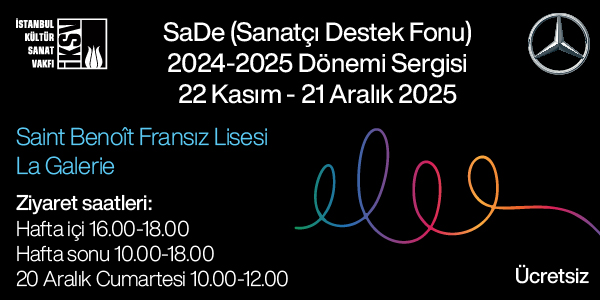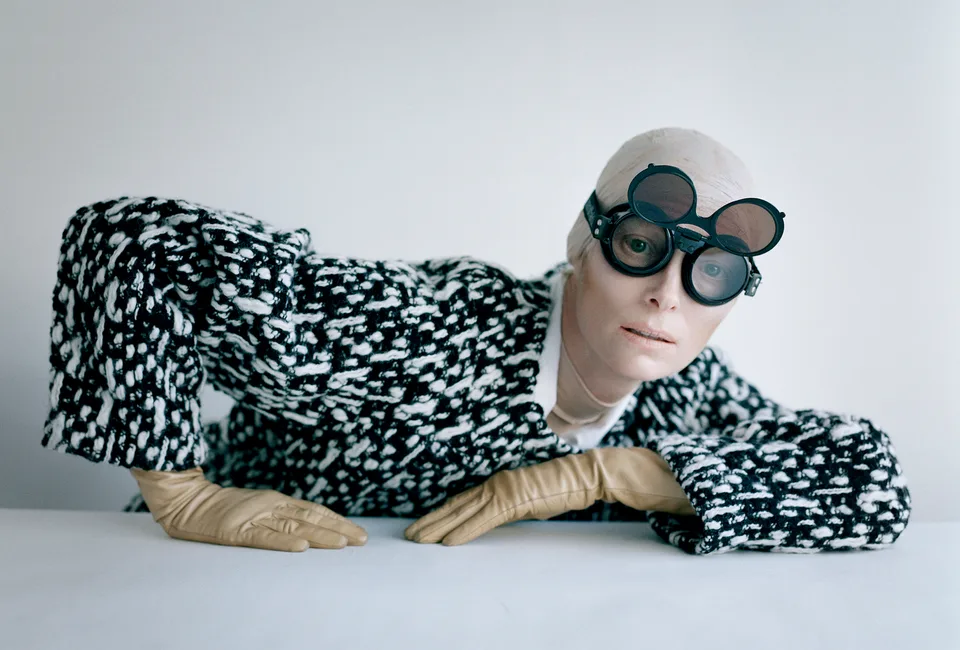On the occasion of its 20th anniversary, the Suna and İnan Kıraç Foundation Pera Museum presents “Marcel Dzama: Dancing With the Moon”, an exhibition that reveals Dzama’s perspective on issues such as war, mismanagement, and environmental destruction.
Marcel Dzama’s First Solo Exhibition in Turkey: Dancing in the Moonlight
Marcel Dzama: Dancing With the Moon, the first solo exhibition by Marcel Dzama in Turkey, has opened at the Pera Museum. Known for commenting on moments from human history and current events through a sometimes ironic, unique language, Dzama calls for a fairer world from the dominant powers.
As one of the museum’s key exhibitions marking its 20th anniversary, Dancing With the Moon focuses on themes such as wars, mismanagement, and environmental destruction. The exhibition brings together Dzama’s works across various disciplines, including visual arts, film, and sculpture, and is curated by Alistair Hicks.
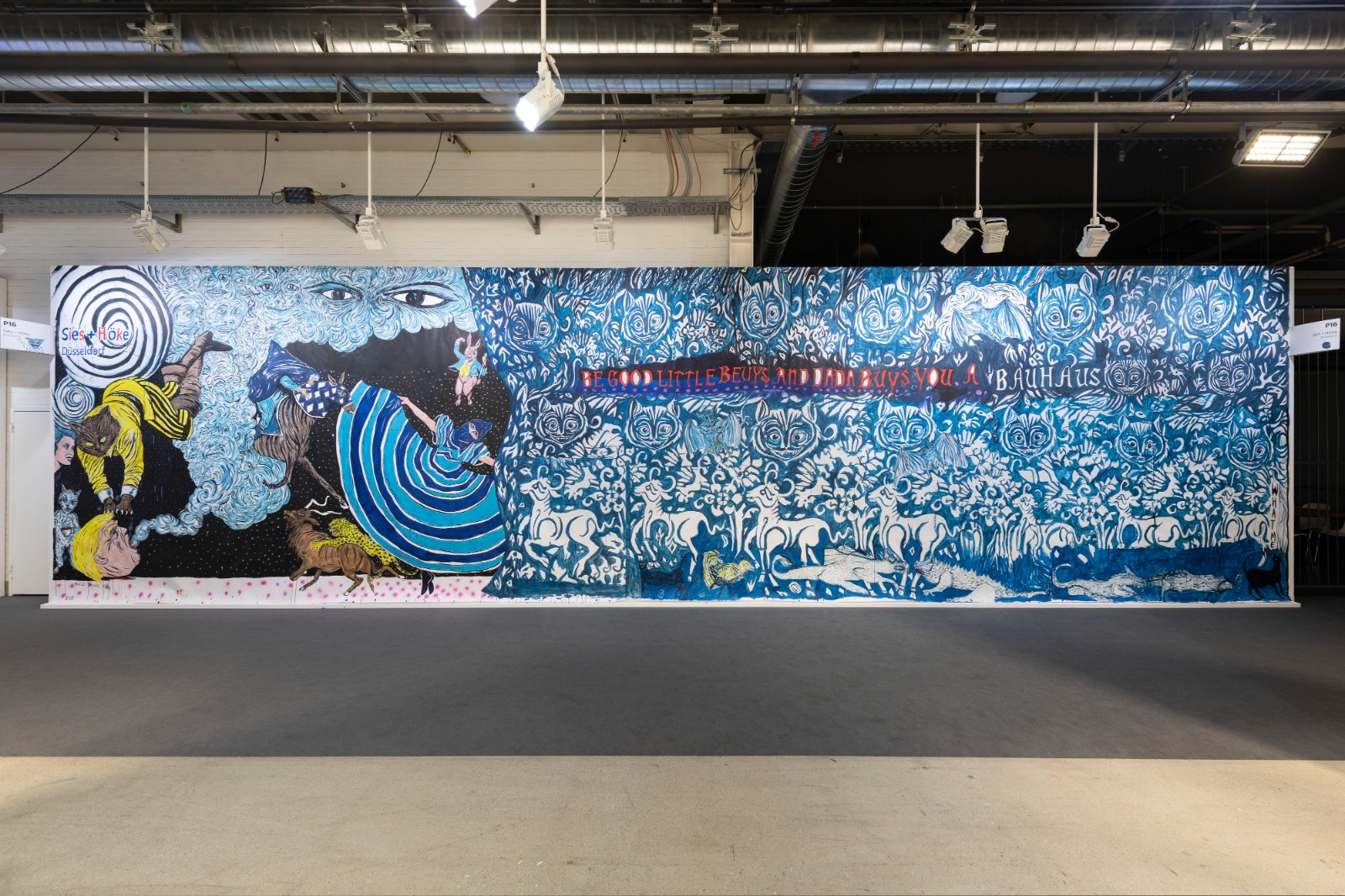
Courtesy of the Artist and Sies + Höke, Düsseldorf
Hicks on Dzama’s Work: “Why Do We Need Dzama Today?”
Alistair Hicks comments on Dzama’s work by describing them as “over-the-top, almost too poignant poems that may dazzle our heads.” He goes on to write in the exhibition catalog, titled “Why Do We Need Dzama Today?”:
“There has never been so many free people in the world, and yet, Dzama’s prophetic warnings about the dangers of dictators, wars, and the destruction of our planet sound like a solitary voice from the wild. When Goya gave his friend the engravings that would later be known as The Disasters of War—which were kept hidden from the public for thirty-five years after his death—he titled the file: The Fatal Consequences of the Bloodshed of the Spanish War with Bonaparte and Other Capitalists. Two centuries later, we can look at the horror and beauty in Goya’s entire body of work and consider how he related these two elements. The same balance is found in Dzama’s work. While the artist shares with us a happy and magical vision of the world, we should not be seduced by only this aspect of his work. True magic, as in all great artists, lies in being able to capture the good, the bad, and the ugly together.”
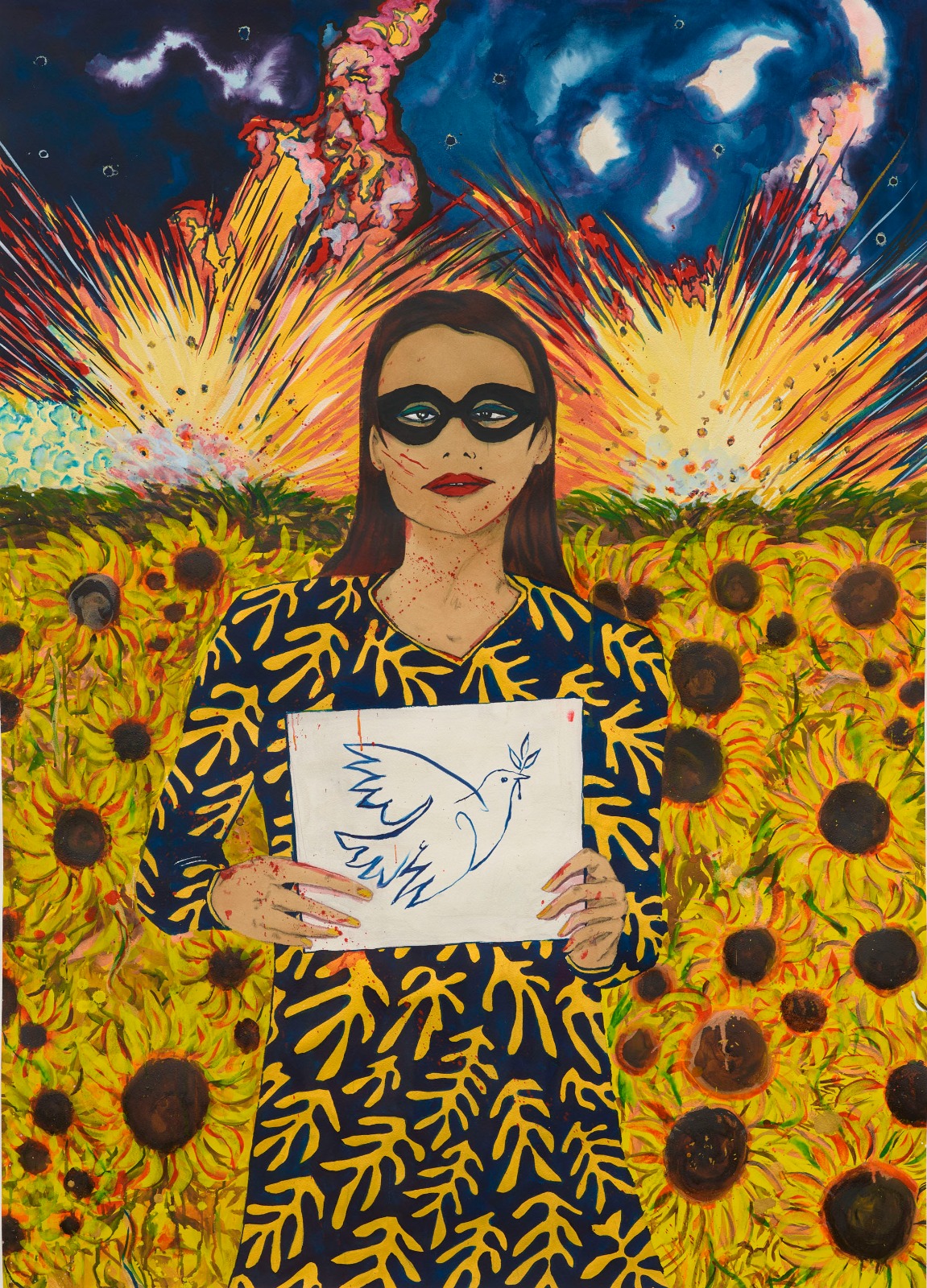
194 x 131 cm – 203 x 140 x 6 cm (framed) Courtesy of the Artist and Sies + Höke, Düsseldorf
Marcel Dzama: Dancing with the Moon
The exhibition delves into three key themes that stand out in Dzama’s artistic practice: criticism of bad governance, environmental destruction, and the catastrophic consequences of war. Dzama explores these topics using dark humor and a chess metaphor inspired by Marcel Duchamp, one of the key representatives of Dadaism.
Dzama’s artistic language goes beyond simply criticizing political collapses and authoritarian structures. It also emphasizes the transformative, redefined, and audience-engaging nature of art. His collaboration with Pettibon highlights Dzama’s interest in the collective creative process, bringing this aspect of his work into focus.
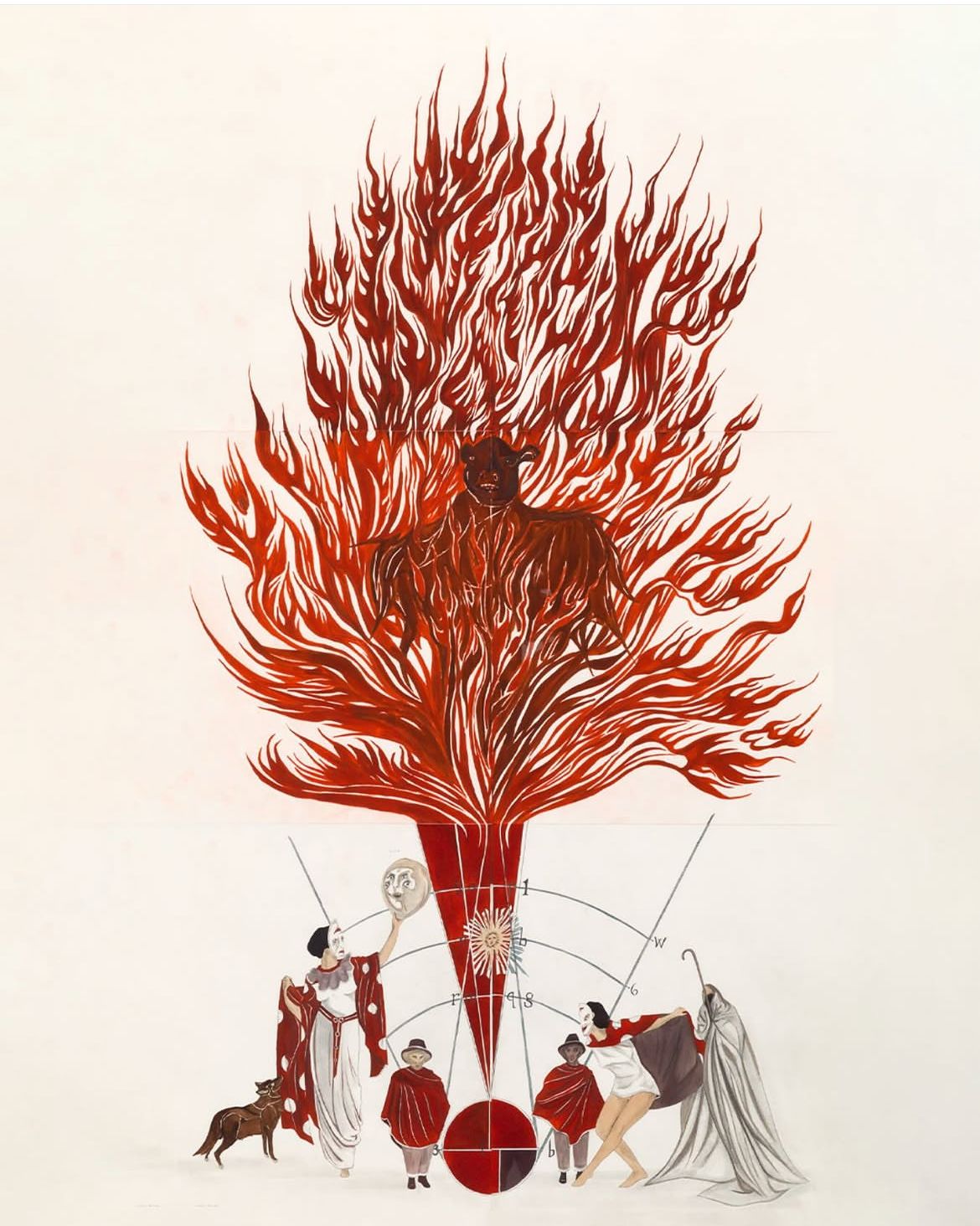
A Spark Will Prove a Furious Fire, 2014
Courtesy of David Zwirner
Collaborations with Raymond Pettibon
In his artistic process, Dzama places great importance not only on individual identity but also on collective collaborations. His works with his New York-based artist friend Raymond Pettibon form a significant part of the exhibition. Dzama and Pettibon create their pieces within a creative dialogue, much like two rivals on a chessboard. Dzama’s surreal characters merge with Pettibon’s political critiques, prompting viewers to reflect deeply on social issues. These works also serve as a powerful example of how art can function as a space for dialogue.
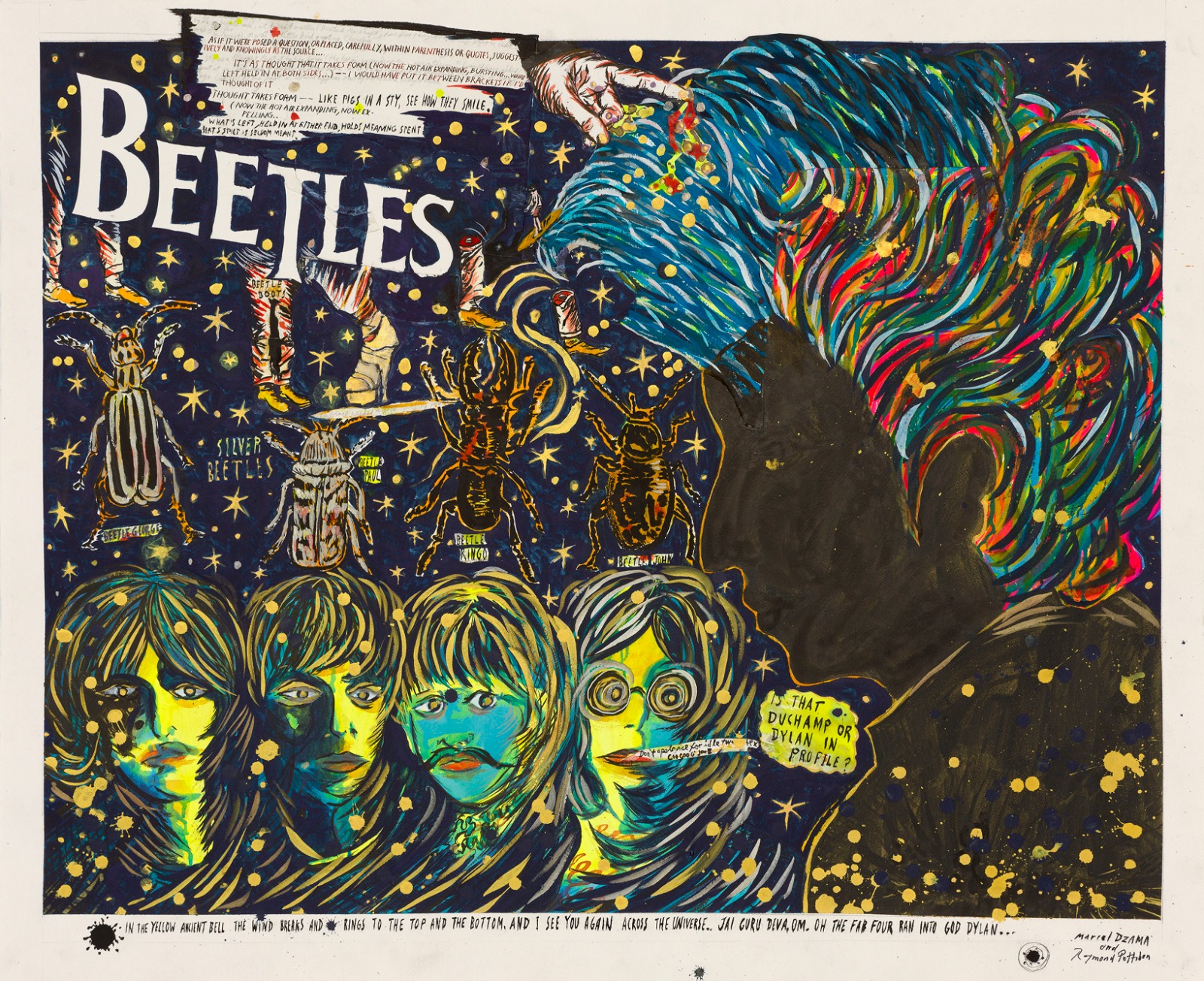
The Magnificent Quartet Met God Dylan, 2024
Mother-of-pearl acrylic ink, watercolor, graphite, and collage on paper
108 x 131.4 cm
Courtesy of the Artists and David Zwirner
Highlights of Marcel Dzama’s Exhibition
Among the standout pieces in Marcel Dzama: Dancing With The Moon are four videos by Dzama: The Infidels (2010), A Game of Chess (2011), Living on the Moon (For Lorca) (2023), and Death Disco Dance (2024). These videos emphasize the fine line between play and war, using the chessboard not only as a space for strategy but also as a metaphor for political power and social order. Drawing inspiration from Duchamp’s words, “Not all artists are chess players, but all chess players are artists,” Dzama highlights the artist’s perspective on society and the need to develop an intellectual strategy.
Dzama’s works question the impact of authoritarian regimes on artists in the 20th century, linking these reflections to the political world of today. While exposing the chaotic and destructive effects of war through a grotesque narrative, Dzama also addresses how populist leaders manipulate the masses.
Dzama’s artistic practice reflects the philosophy of Albert Camus, who said, “The only way to cope with an unfree world is to become so absolutely free that your very existence is an act of rebellion.” This philosophy is integrated into his work, where his art becomes an expression of resistance and freedom.
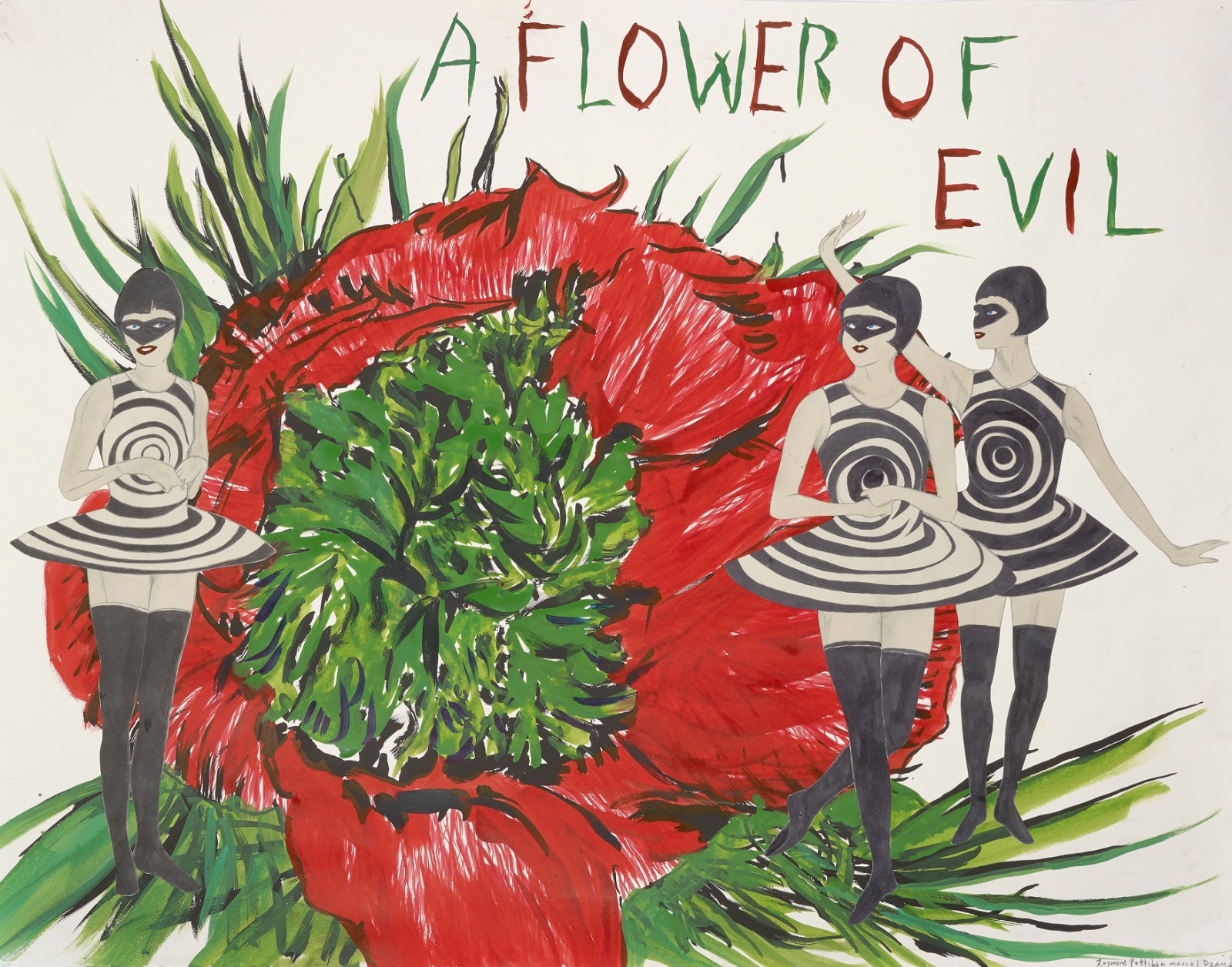
An Entrance to a Flower of Evil, 2016
Graphite, ink, watercolor, and collage on paper
74.9 x 97.2 cm
Courtesy of the Artists and David Zwirner
Dzama’s Artistic Practice
In an interview with Ulya Soley in the exhibition catalog, the artist reflects on the fantastic imagery related to the human condition in his works:
“Unfortunately, I follow the news, and much of the political art I create is almost like an exorcism ritual for the things that anger me that day. In those drawings, I throw it out, and that way, I can sleep at night without thinking about how terrible it is. At least, I feel like I’ve done something with it, rather than just leaving it there. I don’t know if art can truly change things, but it can at least create a shift in someone’s mind; that’s the perspective. Of course, to be realistic, the minds that need changing are probably not the ones engaging with art.”
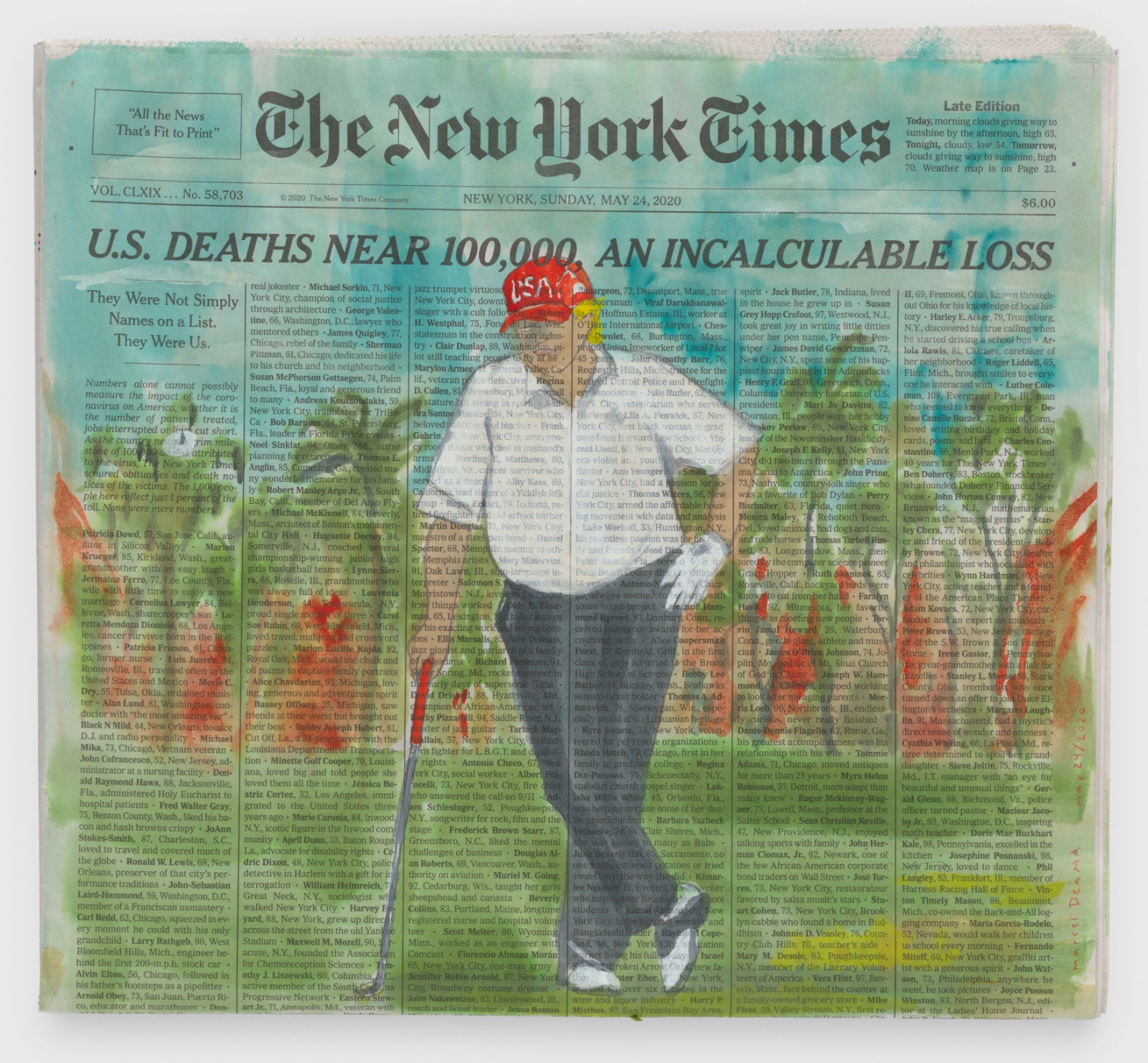
Death is Death, 2020
Watercolor, ink, and graphite on newsprint
27.9 x 31.1 cm – 37.1 x 39.7 x 3.8 cm (framed)
Courtesy of the Artist and David Zwirner
Dzama’s Works and Artistic Practice
Dzama’s works present a multi-layered and humorous narrative that combines familiar elements from pop culture and contemporary politics at first glance. However, upon closer inspection, his rich knowledge of art history and his approach to universal issues from world history emerge. The artist’s practice is not limited to drawing and painting; it spans multiple disciplines, including diorama, puppetry, costume design, stage design, film, song, fanzine, and sculpture.
This approach, which brings together various forms of expression, further deepens Dzama’s world while breaking down boundaries in the relationship he creates with his art. His collaborations with figures from various disciplines, such as Spike Jonze, Maurice Sendak, Beck, Kim Gordon, Raymond Pettibon, Bob Dylan, and the New York City Ballet, highlight the artist’s versatile approach and wide range of interests.
The exhibition is open until August 17.

